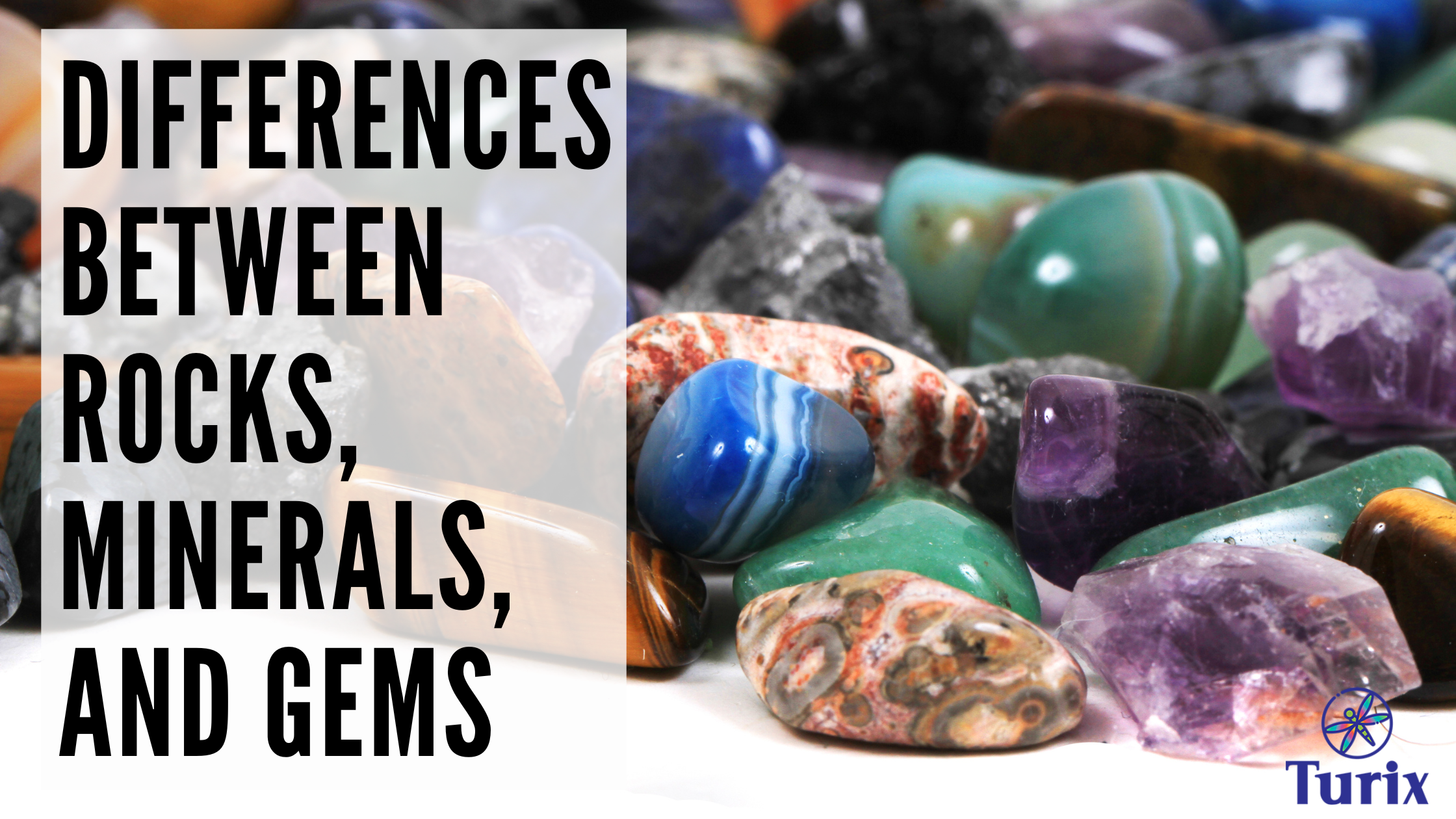
Are you curious about the differences between crystals, minerals, rocks, and gems?
I often get asked by my friends, "What kind of rock is this?" as they admire the crystals I keep around my home.
But, did you know that the crystals you admire aren't actually rocks?
Let's dive deeper into the differences between crystals, minerals, rocks, and gems.
First, let's talk about minerals.
These are inorganic, naturally occurring substances that form the building blocks of almost everything on Earth.
Quartz, sulfur, copper, and even salt are all examples of minerals.
A mineral becomes a crystal when its atoms form an organized structure that repeats itself.
This means that the atoms are positioned in very specific distances and angles from each other, resulting in unique shapes that we love.
All minerals, therefore, have the potential to form crystals.
On the other hand, rocks are natural materials consisting of one or more minerals, either hard or soft.
They can come in every size and are made up of all kinds of minerals. However, rocks do not have a crystal structure.
Finally, a gemstone is a piece of a mineral crystal that has been cut and polished into a specific shape, usually for use in jewelry or other adornments.
- Minerals are naturally occurring substances that make up different types of rocks and gemstones.
- Minerals become crystals when their atoms are organized in a structure that repeats itself, forming unique shapes.
- Rocks are made up of all kinds of minerals but do not have a crystal structure.
- Gemstones are pieces of mineral crystals that have been cut and polished into specific shapes.
However, it's always fun to gain a deeper understanding of the objects we cherish!
If you're interested in adding more crystals to your collection, be sure to check out our store.
Many blessings!
Sofia





